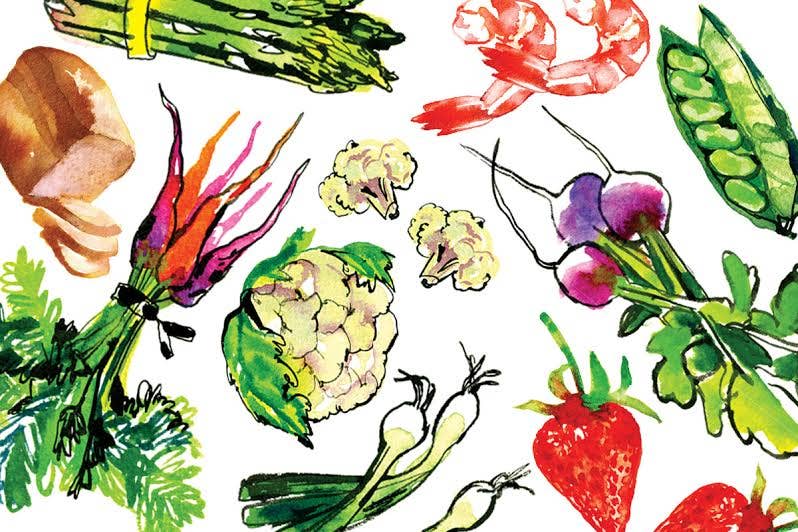
A hearty mixture of beef and vegetables, accented with peaches and festively served in a baked pumpkin, carbonada en zapallo (sometimes called carbonada criolla) is a South American culinary hybrid that dates back to colonial times. The Spanish found a trove of new-world foodstuffs—pumpkins, sweet potatoes, and corn among them—when they arrived in Peru and Chile in the 16th century, and incorporated these ingredients into dishes from home, including one of grilled meat in broth, called carbonada. (The name derives from the Latin word carbonis, or ''coal''.) Many versions of carbonada emerged in the region—made with beef, veal, lamb, or tripe, and various combinations of American and European vegetables. Some also included fruit—perhaps a medieval influence. Carbonada en zapallo (_zapallo _is Latin American Spanish for ''pumpkin'') was invented after the Spanish crossed the Andes into Argentina in the late 1500s. There they noticed that Indians often served their own soups and stews in dried-out gourds. Inspiration struck, resulting in this unique stew-in-a-pumpkin—a formidable example of fusion cooking long before fusion became fad.
Keep Reading
Continue to Next Story










